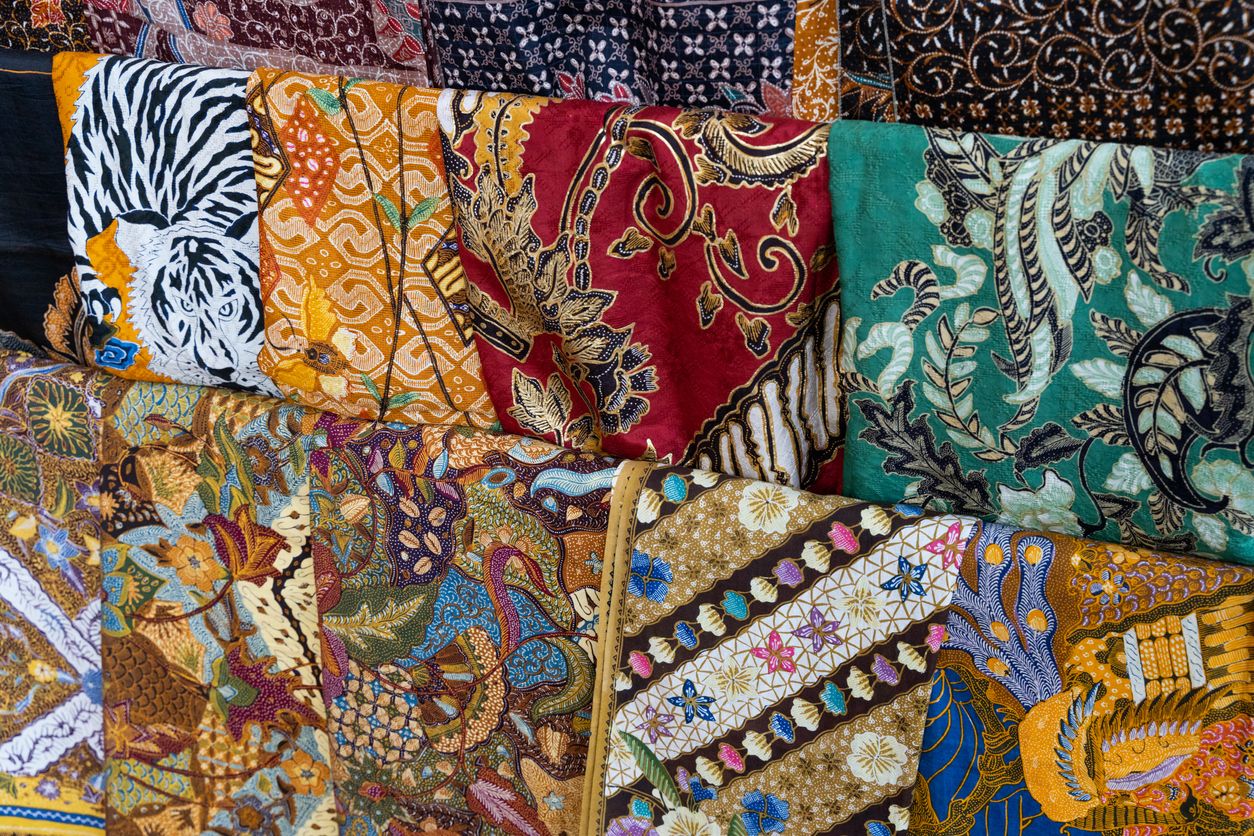
Batik, a traditional textile art form, holds a rich and captivating history that dates back centuries. This unique craft, characterized by intricate designs and vibrant colors, has captured the hearts of people worldwide. In this article, we will take a fascinating journey through time to explore the origins, cultural significance, and history of batik, uncovering the artistic heritage that continues to influence contemporary fashion and design.
1. The Origins of Batik
- Ancient Beginnings
The origins of batik can be traced back to ancient civilizations in various parts of the world, including Egypt, India, China, and the Middle East. However, the art form as we know it today is most closely associated with the island of Java in Indonesia. Here, batik has been an integral part of Javanese culture and tradition for centuries. - Javanese Batik: A Cultural Treasure
Batik-making in Java became a refined art form under the Javanese courts, with intricate designs and symbolism passed down from generation to generation. The art of batik became deeply entwined with Javanese ceremonies, rituals, and everyday life, making it an essential part of the island’s cultural heritage.
2. The Intricate Batik Process
- Wax Resist Technique
Central to batik-making is the wax resist technique, where melted wax is applied to the cloth using a tool called a canting or a stamp called a cap. The wax acts as a barrier to prevent dye from penetrating certain areas of the fabric, creating intricate patterns and designs. - Layer by Layer
Creating batik fabric is a time-consuming process that involves layering the wax and dye multiple times to achieve the desired colors and patterns. Skilled artisans use their creativity and expertise to produce exquisite batik pieces, each telling a unique story through its design.
3. Batik and Cultural Significance
- Symbolism and Meaning
In Javanese batik, every design carries its own symbolism and meaning. Certain motifs represent harmony, protection, fertility, or even specific life events. Batik is often worn during significant ceremonies and celebrations to invoke blessings and showcase cultural pride. - A UNESCO-Recognized Heritage
The significance of batik is not limited to Java; it holds cultural importance throughout Indonesia and beyond. In 2009, UNESCO recognized the Indonesian batik as a Masterpiece of the Oral and Intangible Heritage of Humanity, acknowledging its cultural value and safeguarding its legacy.
4. The Influence of Batik on Fashion and Art
- Batik in Fashion
Batik’s influence on the fashion world has been profound. From traditional batik sarongs and kebaya worn during formal occasions to modern batik-inspired clothing and accessories, batik’s intricate designs have found a place in contemporary fashion. - Batik as Art
Beyond fashion, batik has also made its mark in the world of art. Renowned artists have embraced batik as a medium of expression, creating stunning batik paintings and art installations that blend tradition with innovation.
5. The Global Spread of Batik
- Batik Beyond Indonesia
Over the centuries, batik’s popularity spread beyond Indonesia’s borders. The art form found its way to neighboring countries like Malaysia, Singapore, and Brunei, where it became an integral part of their cultural heritage. - Batik in the Western World
In the 19th and 20th centuries, batik gained recognition in the Western world, captivating artists and designers with its beauty and complexity. It became a source of inspiration for fashion houses and artists, leading to the incorporation of batik elements into their creations.
6. The Modern Revival of Batik
- Batik in Contemporary Fashion
In recent years, there has been a renewed interest in batik as a sustainable and artisanal craft. Designers and brands have embraced batik in their collections, combining traditional techniques with modern aesthetics, thus preserving and promoting this timeless art form. - Batik as a Form of Cultural Heritage
With a growing appreciation for cultural heritage and craftsmanship, batik has become a symbol of pride and identity for many communities. Initiatives to support local artisans and traditional batik-making techniques have contributed to the revival of this treasured art.
Batik, with its ancient origins and cultural significance, continues to captivate the world with its intricate designs and timeless beauty. From its humble beginnings in Java to its global influence in contemporary fashion and art, batik remains an artistic heritage that celebrates the richness of culture and creativity.
As we celebrate the enchanting history of batik, we honor the skilled artisans and craftsmen who have preserved this ancient art form for generations. The global admiration for batik stands as a testament to its enduring appeal and the artistic legacy it leaves for generations to come.